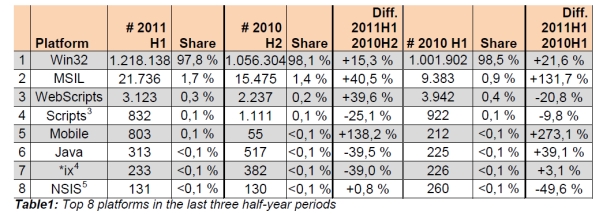Accuses Cisco of a loss of focus
Juniper Networks has swatted away a concerted effort by Cisco Systems to draw attention to what Cisco sees as a series of unfulfilled promises from Juniper.
Earlier on Monday 12 September, Cisco uploaded a webpage and video, and published a blog entry, drawing attention to what it alleges are five “overpromises” from Juniper Networks.
Cisco’s “Overpromisesunderdelivers” page alleges:
“1. Juniper announced their intent to offer T1600 support for 100 Gigabit in 2007, but didn’t deliver 100 Gigabit Ethernet line cards until three-and-a-half years later.
2. Juniper’s Project Stratus/QFabric for the data center: Despite four announcements, beginning in February 2009, the QFabric system is still unavailable. If QFabric is finally delivered later this year, it will have taken more than two-and-a-half years to deliver. What IS available does not deliver on Juniper’s “3-2-1” vision
3. Juniper acquired Ankeena in the Spring of 2010, but video/content delivery is still not available on Juniper’s MX series products.
4. Juniper promised 100 Gigabit Ethernet on MX-series edge routing products two-and-a-half years ago. It’s still not available.
5. Juniper’s Project Falcon mobile platform: After three launches in 2009, 2010 and – again — in 2011, Juniper still has not announced any customers of it.”
Mobile Europe contacted Juniper Networks and asked for a response to Cisco’s negative marketing. Specifically, we asked if Juniper would comment on the final Cisco allegation, that Juniper is publicly light on customers for its Project Falcon mobile platform.
Juniper Networks sent a statement refusing to comment, although it did find time to accuse Cisco of “once again” losing focus.
That statement, attributed to David Shane, VP, Global Corporate Communications, Juniper Networks, follows:
“We’re not going to comment on a competitor’s publicity stunt. Customers tell us they want an alternative to the legacy approach, and we’re focused on delivering innovation for them. It appears as if Cisco has once again lost focus.”





